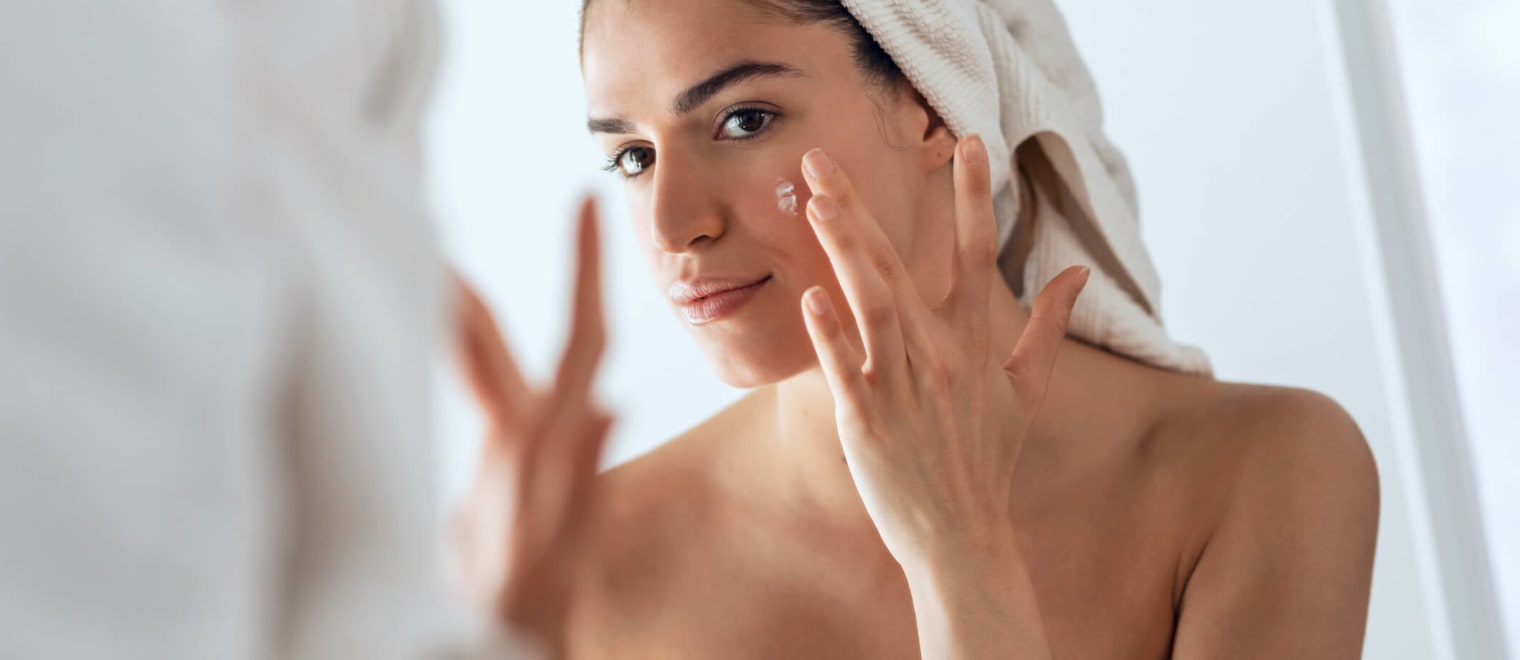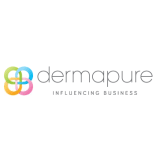This informal CPD article ‘What you really need to know about acne and how we can treat it’ was provided by Dermapure, who inspire skincare professionals into realising their business potential by blending unparalleled brands with an exceptional approach to customer care.
Acne is the most common skin disorder worldwide and according to some studies can affect up to 80% of us at some point in our lives. It will generally develop at any age after puberty, when the hormones change, causing hair and skin to become oilier. It can affect the areas of the body with more sebaceous glands, such as the face, chest, and back. Currently, there is no known way to prevent acne and dermatologists say that patients will discontinue their treatments/products if they do not see an improvement within 4 weeks.
It is a chronic inflammatory disorder affecting the pilo sebaceous gland, and is characterised in grades from 1 to 4. Grade 1 being the mildest up to grade 4 which is the most severe affecting the chest and back as well as the face, therefore medical advice will be needed at this stage.
How acne is formed within the skin
Sebum (oil) is produced in the skin and is needed as a protective barrier to prevent water evaporating. However, if someone has an over production of sebum it can become trapped in the hair follicle and become a breeding ground for bacteria. The bacteria that causes acne is called propionibacterium and is commonly referred to as P acne bacteria. The sebum becomes a fuel for the p acnes bacteria which breeds and increases creating the inflammation within the follicle where infection sets in resulting in a pustule or papule. However, p acnes bacteria cannot thrive where there is oxygen, therefore products containing ingredients that increase oxygen within the cells are paramount to treating acne.
Papules and pustules are grades 2-3 acne and can be more superficial, whereas grades 3 – 4 acne will consist of a combination of blackheads, whiteheads, papules, pustules and then the lumps deeper in the skin known as nodules and cysts.
The most common causes of acne are:
- Hormones
- Poor Hygiene
- Stress
- Medication
- Cosmetics
- Some foods can also contribute to acne the most common being dairy.














